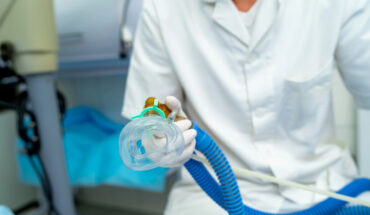Restoration is a variety of ways for a dentist to replace or repair a missing tooth, a missing part of a tooth structure, or a system that needs to be removed to prevent tooth decay that may cause pain in the future. .
What happens before a restore?
The procedure before dental restoration depends on the type of restoration. Before intervening, brush and flush your teeth to keep them as clean as possible. Your dentist will find cavities during regular cleaning and make an appointment to apply the padding. Timely finding of gum disease is also a horror outcome.
What are the types of dental restorations?
The following is an example of a restore.
- Stuffing is the most common type of dental restoration. They fill the tooth cavity with a dental colored plastic and glass material called gold, silver amalgam, or composite resin filling.
- A crown is a tooth-shaped “cap” it can be placed over a tooth to repair its shape, size, strength, and appearance or to hold a “bridge” (removable partial denture) in place. , Covers dental implants. In order for the crown to fully restore the size and shape of the tooth, the tooth often needs to shrink evenly around the tooth. This is a time-consuming process and may include being sent to the lab with a temporary filling/crown in between. Some offices have the technology to send a digital impression to the milling machine. Milling machines manufacture office crowns in a single visit.
- Implants are small metal fixed pillars (usually titanium or a mixture of titanium) placed in the cavity of the bone that lacks teeth. Implants may require an accessory called an abutment that acts as a crown preparation. Then it is covered with a crown.
- A bridge (removable partial denture) is a denture designed to “fill” the space created by one or more missing teeth. The bridge is secured on both sides by a crown and can be permanently glued. Bridges are made of porcelain, gold, alloys, or a combination thereof. The fixed bridge is inserted and removed by the dentist.
What should I expect after the procedure?
After restorative work on the tooth enamel , the dentist may recommend changing your eating habits for the next 24 hours.
- Eat soft food.
- Eat cold food.
- If you can withstand the heat, try a warm soup.
After any procedure, you should continue to brush and floss your teeth daily. The dentist may ask you to use dental floss in only one direction and to use dental floss so as not to remove the temporary restoration.
What are the benefits of dental restorations?
Dental restorations not only help you chew food better but also help you speak more clearly and give you a better smile. They help you keep your teeth.
What are the risks or complications of dental restorations?
The most common risk is tenderness or general discomfort after a restore procedure. In rare cases, it may infect the metal used or cause an allergic reaction.
The risk of dental restorations is very low, but for example, crowns can chip, loosen, or fall off (permanent crowns do not). Deep cavities or delayed filling of cavities can lead to root canals and tooth extractions. If you have a tooth problem, contact your dentist immediately.




